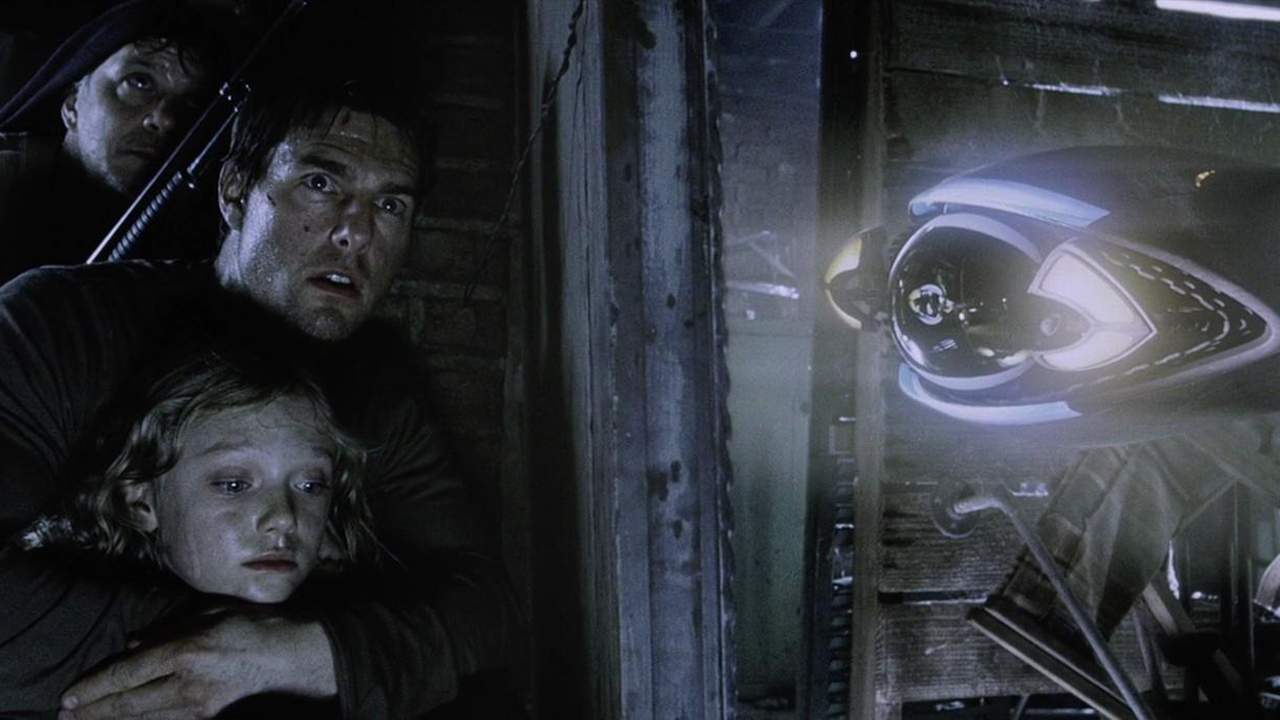Orion Unveiled: Spitzer Telescope Spies Nebula’s Infrared Secrets

The SpitzerSpace Telescope has taken an unprecedented look at the wispy Orion nebulato find a cornucopia of stars and dust with the recipe build planets.
Spitzer's infraredeye found some 2,300 disks of planet-forming material that were either toosmall or distant to be seen by most traditional telescopes scanning Orion inthe visiblerange of the spectrum.
"When Ifirst got a look at theimage, I was immediately struck by the intricate structure in thenebulosity, and in particular, the billowing clouds of the gigantic ringextending from the Orion nebula," said astronomer Tom Megeath,of the University of Toledo, in astatement.
Megeath,who led the Spitzer research at the Harvard-Smithsonian Center for Astrophysics (CfA), and his colleagues combined about 10,000 images takenby the space-based telescope's Infrared Array Camera (IRAC) to build theircomprehensive look at the 30 light-year wide Orion nebula.
The imagealso features about 200 baby stars too young to develop disks of their own. Interstellardust swirls through Spitzer's view, painting the swath of sky in a vivid pink.
Launchedin August 2003 as the Space Infrared Telescope (SIRTF), Spitzer was rechristenedin honor of the late scientist Lyman Spitzer, Jr., who first suggested placingtelescopes in orbit to escape interference from the Earth's atmosphere in the1940s.
Perched inthe sword of the easily recognizable constellationOrion and backlit by four bright stars known as theTrapezium, the Orion nebula is one of the most observed deep-sky objects. Thenebula sits about 1,450 light-years from Earth and is the nearest stellarfactory to our home planet, making it a convenient laboratory for starevolution researchers.
Breaking space news, the latest updates on rocket launches, skywatching events and more!
"Most starsform in crowded environments like Orion, so if we want to understand how [they]form, we need to understand the Orion nebula star cluster," said CfA researcher Lori Allen, who is working with Megeath on a long-term study of the nebula.
- Image of the Day: The Orion Nebula
- The Splendor of Orion: A Star Factory Unveiled
- Zoom View: See Orion Close
- The Heat is On: Spitzer's Infrared Views of the Cosmos
Join our Space Forums to keep talking space on the latest missions, night sky and more! And if you have a news tip, correction or comment, let us know at: community@space.com.

Tariq is the Editor-in-Chief of Space.com and joined the team in 2001, first as an intern and staff writer, and later as an editor. He covers human spaceflight, exploration and space science, as well as skywatching and entertainment. He became Space.com's Managing Editor in 2009 and Editor-in-Chief in 2019. Before joining Space.com, Tariq was a staff reporter for The Los Angeles Times covering education and city beats in La Habra, Fullerton and Huntington Beach. In October 2022, Tariq received the Harry Kolcum Award for excellence in space reporting from the National Space Club Florida Committee. He is also an Eagle Scout (yes, he has the Space Exploration merit badge) and went to Space Camp four times as a kid and a fifth time as an adult. He has journalism degrees from the University of Southern California and New York University. You can find Tariq at Space.com and as the co-host to the This Week In Space podcast with space historian Rod Pyle on the TWiT network. To see his latest project, you can follow Tariq on Twitter @tariqjmalik.
